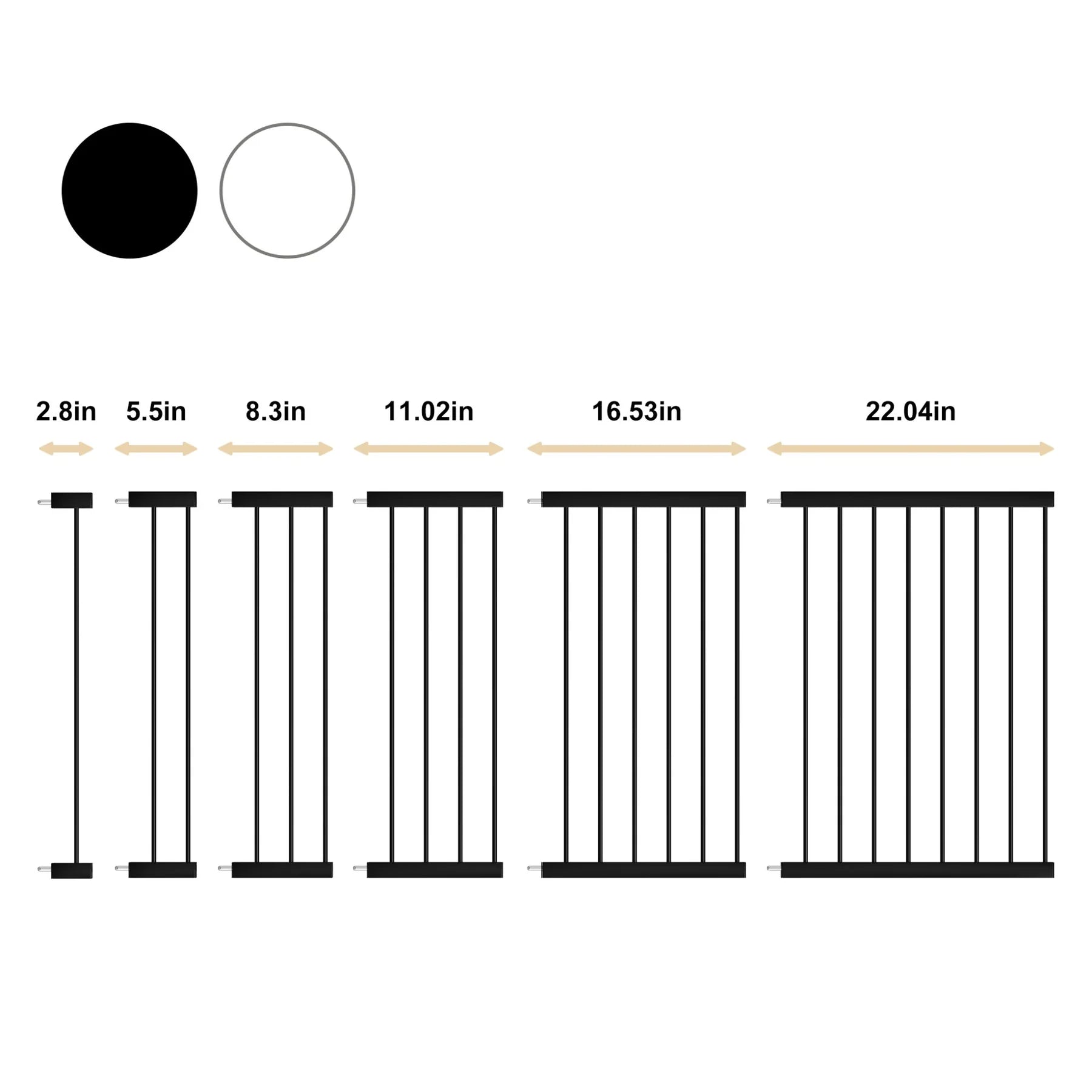How to BabyProof Your Christmas Tree
The festive season truly sparkles when kids are part of it. Like many, you might be eagerly awaiting the moment to set up your Christmas tree. December is the perfect month for this, and if your experience is anything like mine, little ones are mesmerized by the glittering lights and ornaments. Yet, the challenge arises in making sure both your young child and the tree stay safe and intact. How can you childproof your Christmas tree, ensuring it remains a stunning centerpiece while keeping your little one out of harm's way?
Opt for a Fake Tree
The shedding of pine needles from a real Christmas tree is not only a nuisance but also a potential hazard for young children who might ingest them. Additionally, a real tree requires water, which can be a tempting and messy attraction for toddlers. Choosing an artificial tree eliminates these concerns, making it a safer option for homes with little ones.
Fence off the tree
Consider using a freestanding baby gate or even kennel fencing to encircle your Christmas tree. This method might not win any style awards, but it's effective for keeping toddlers at bay. For a more festive approach, try surrounding your tree with weighty 'fake' presents (like book-filled old delivery boxes). Just be prepared for the possibility of your little one unwrapping these decoy gifts! Or you could choose the wall-mounted baby gate to ensure the safety.
Use Bells as a Warning System
For parents with toddlers, silence often means trouble. By attaching decorative bells to your tree, you create a built-in alarm that sounds when little hands are causing mischief with the tree.
Create a Kid-Friendly Alternative Tree
If safeguarding a traditional Christmas tree feels overwhelming, consider crafting an alternative. You can make a safe "Christmas tree" out of materials like felt, paper, cardboard, or even balloons. Shape it like a tree and mount it on the wall, then decorate it with homemade ornaments. This is not only a fun activity to do with your kids, but it also brings a unique festive touch to your home.
Rethink where you place your tree
You might need to rethink the traditional living room display if it's not possible to restrict access to the area. Consider setting up a smaller tree on a high surface. Alternatively, if you have a room with a door, like a den or dining area, place your tree there. This allows you to simply close the door or install a baby gate. Remember to keep your tree away from heat sources like fireplaces, radiators, or portable heaters, and never block exits.
Decorate the top half of your tree
Safeguard both your child and your treasured ornaments by hanging delicate or breakable decorations on the upper branches. This is also wise for older ornaments, which might contain lead. Alternatively, you could opt out of using these ornaments for a while and go for kid-friendly decorations until your child is older.
Secure your Christmas tree
Prevent any potential disasters by using a robust Christmas tree stand, like the highly recommended Krinner Tree Genie XXL. Also, position your tree where it wouldn't cause major damage if it fell – away from the fireplace and large windows is a good rule of thumb.
Avoid Hazardous Decor
It's common knowledge to steer clear of glass or breakable ornaments around toddlers, but there are other holiday decorations to watch out for:
-
Mistletoe and Holly: These plants can be toxic if ingested. Keep them out of your home, including Jerusalem cherry and amaryllis plants.
-
Bubble Lights: The mesmerizing movement of bubble lights, often in candle-shaped glass, is too tempting for children but dangerous. They contain chemicals harmful upon contact with skin or if swallowed.
-
Snow Sprays: Although dry spray snow is safe, it becomes a risk if inhaled by your child.
-
Tinsel and Angel Hair: These pose choking hazards. Angel hair, sometimes made from finely cut fiberglass, can irritate skin.
-
Ornaments with Small Parts: Treat these like any delicate or breakable ornament due to their choking risk.
-
Food-Like Ornaments: Delay using ornaments resembling food, such as glass candy canes or gingerbread decorations, until your child is older.
-
Popcorn Garlands: Popcorn is a high-risk choking food, especially for young children, making these garlands unsafe.
Vacuum Regularly
Christmas tree needles aren't toxic, but they can cause stomach upset or irritation if ingested. They're also a choking hazard. Regular vacuuming of fallen needles is a good practice.
Switch Out Ornament Hooks
Metal or plastic hooks, traditionally used for hanging ornaments, are a choking hazard. Opt for safer alternatives like short ribbons or ornament anchors that clamp onto branches directly.






Leave a comment